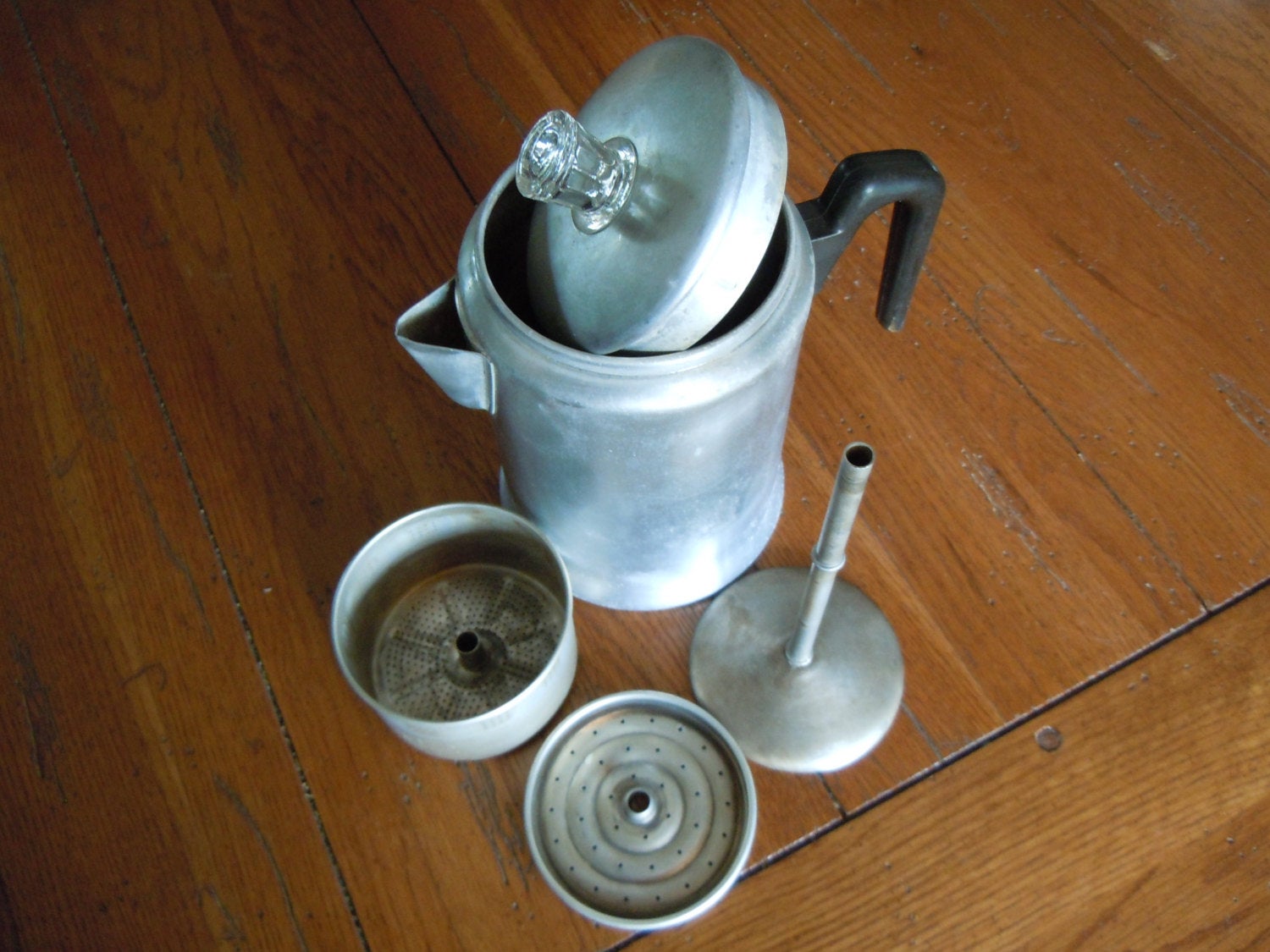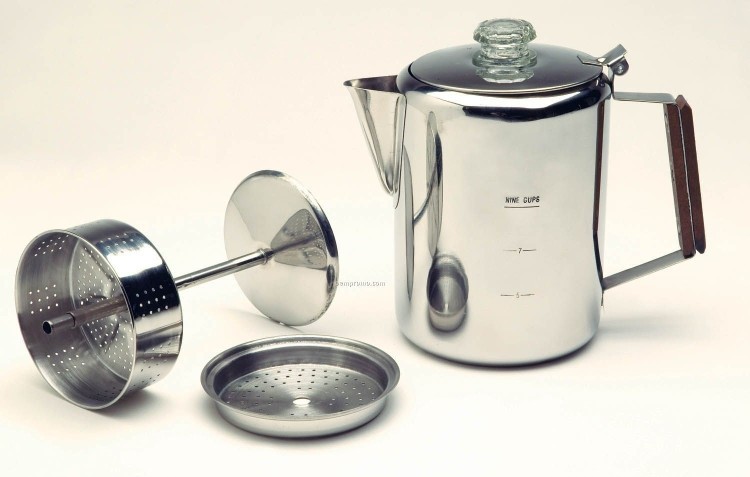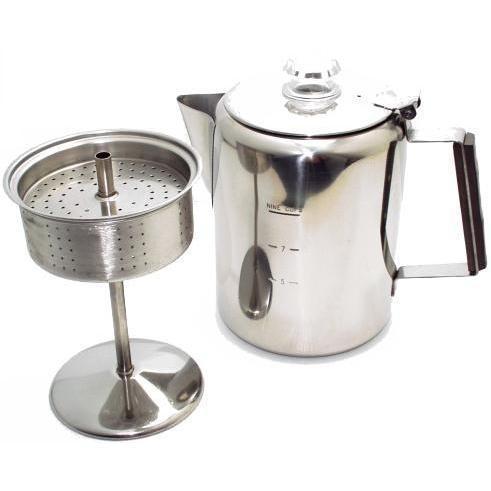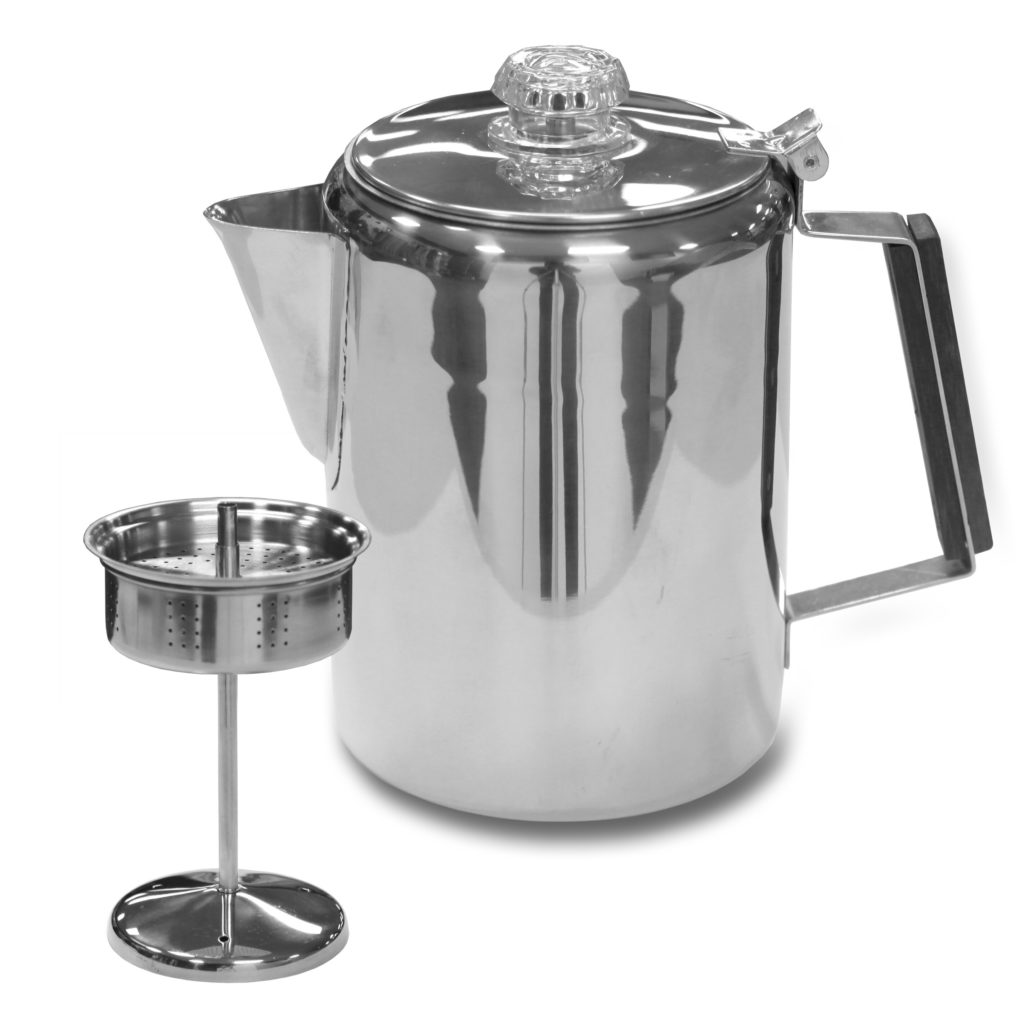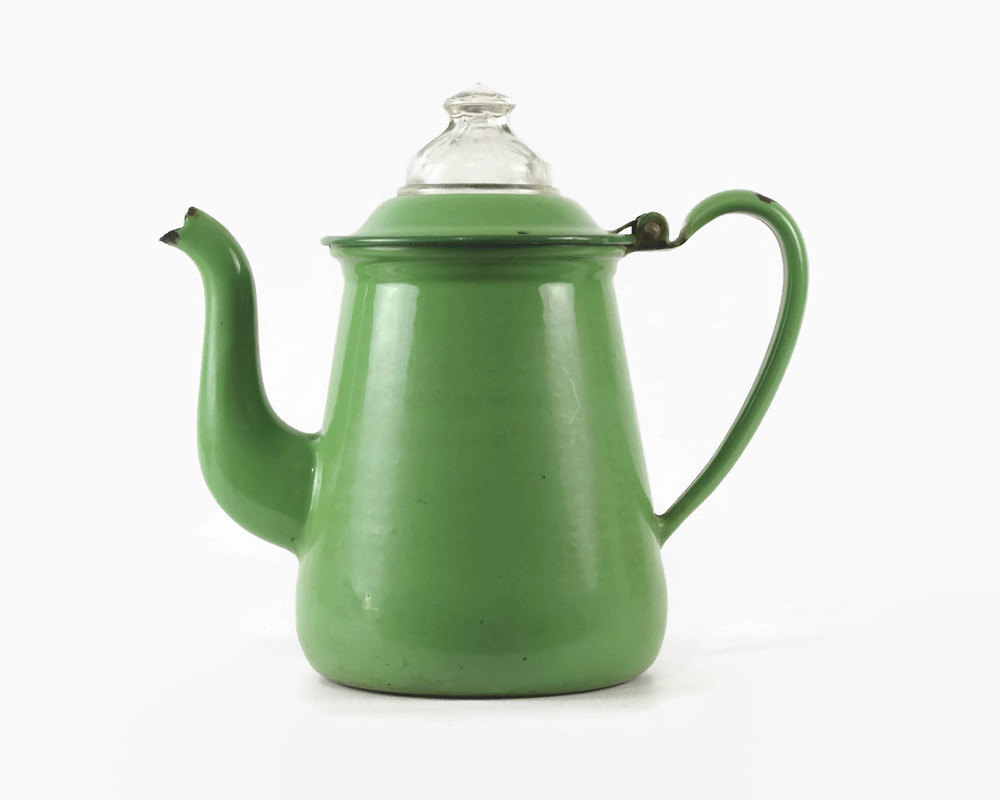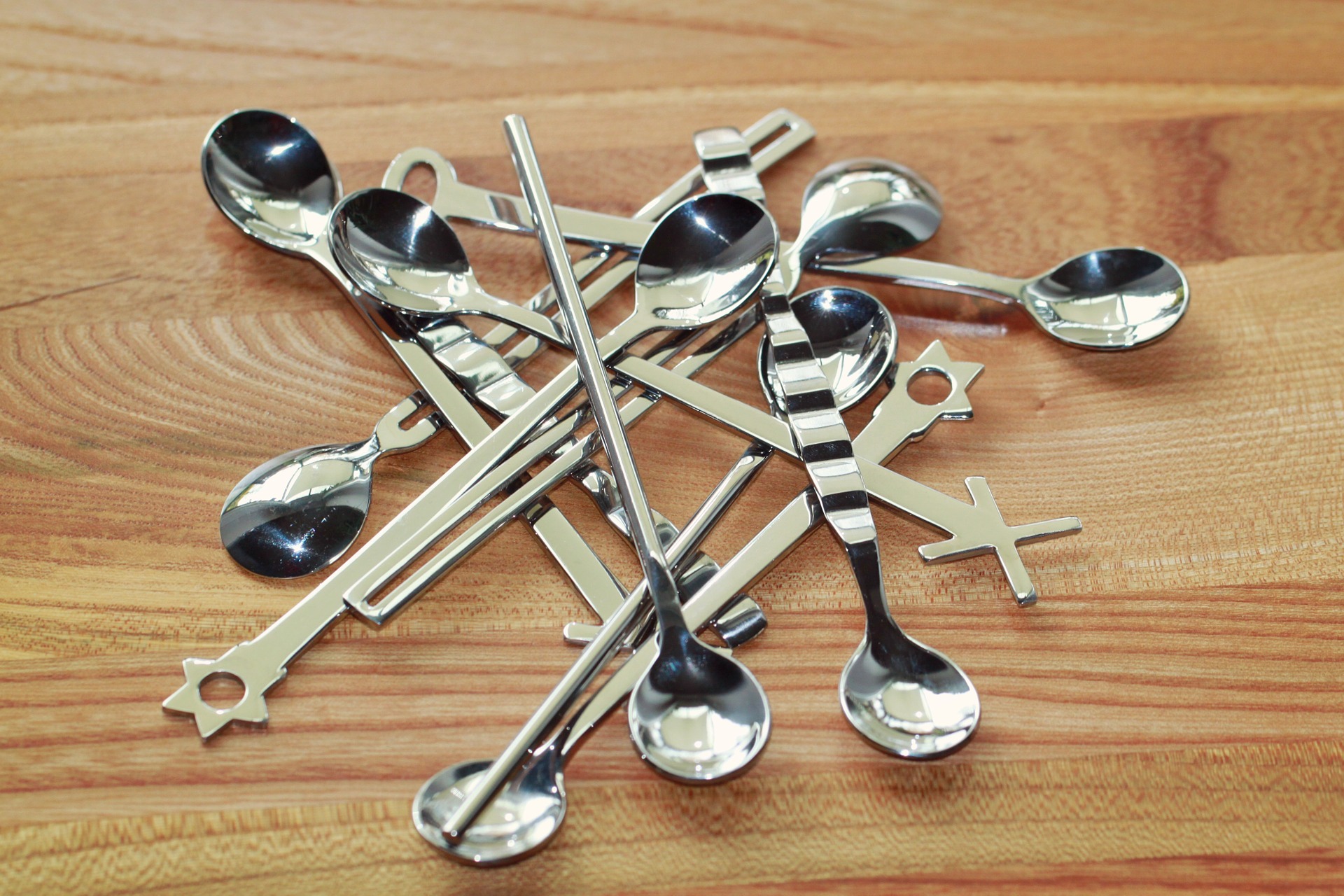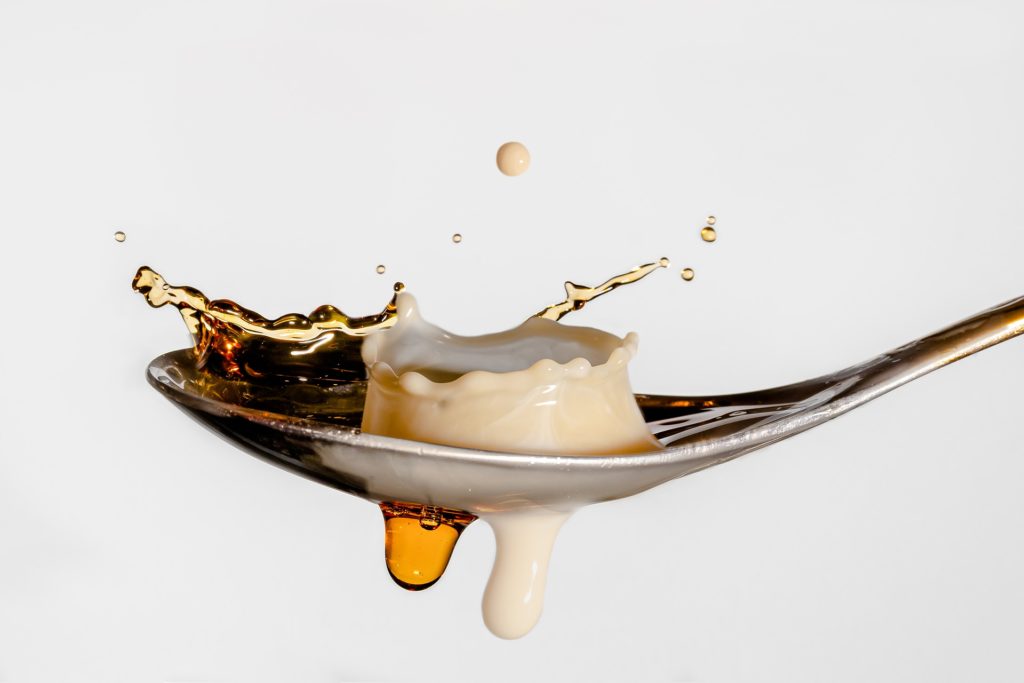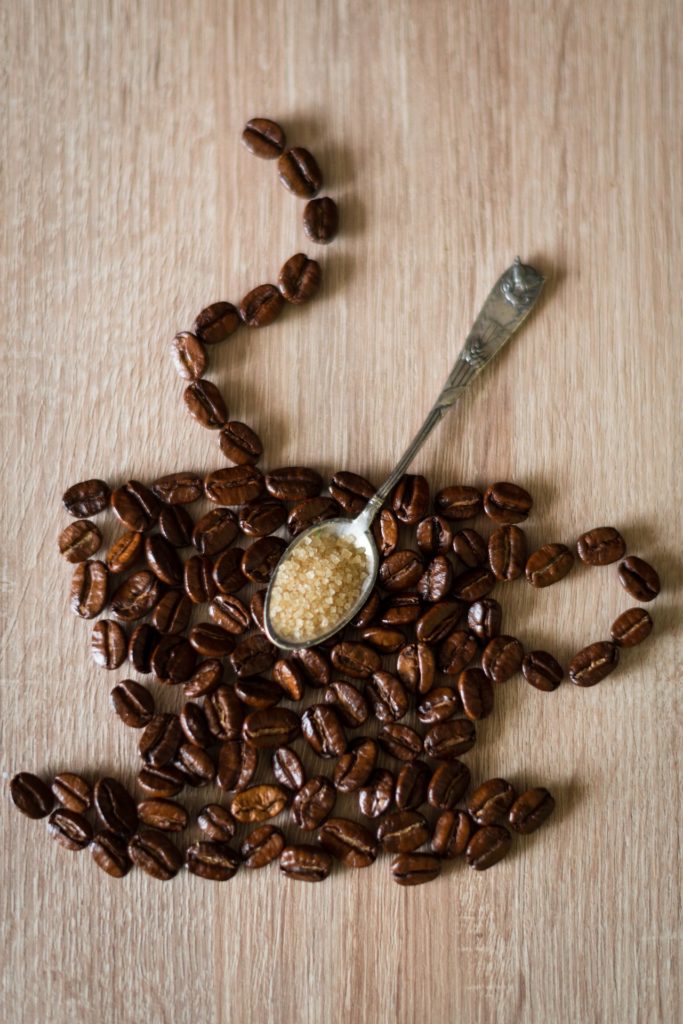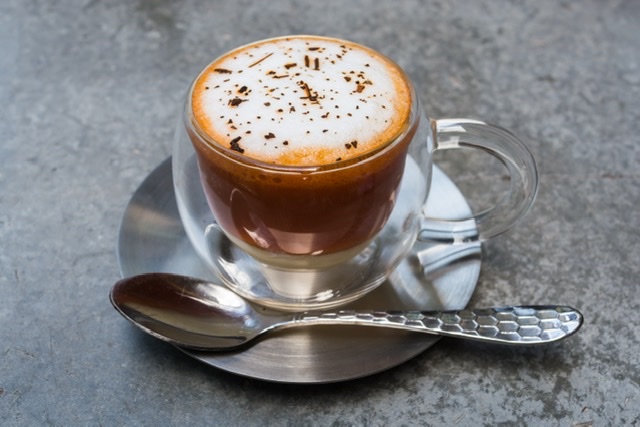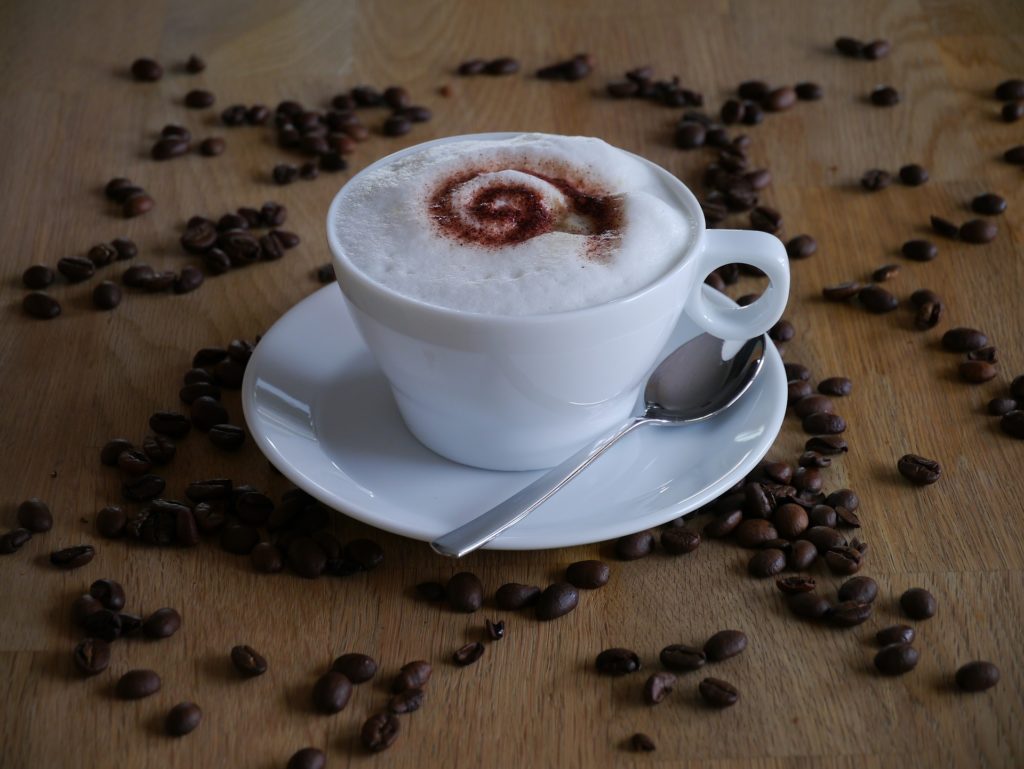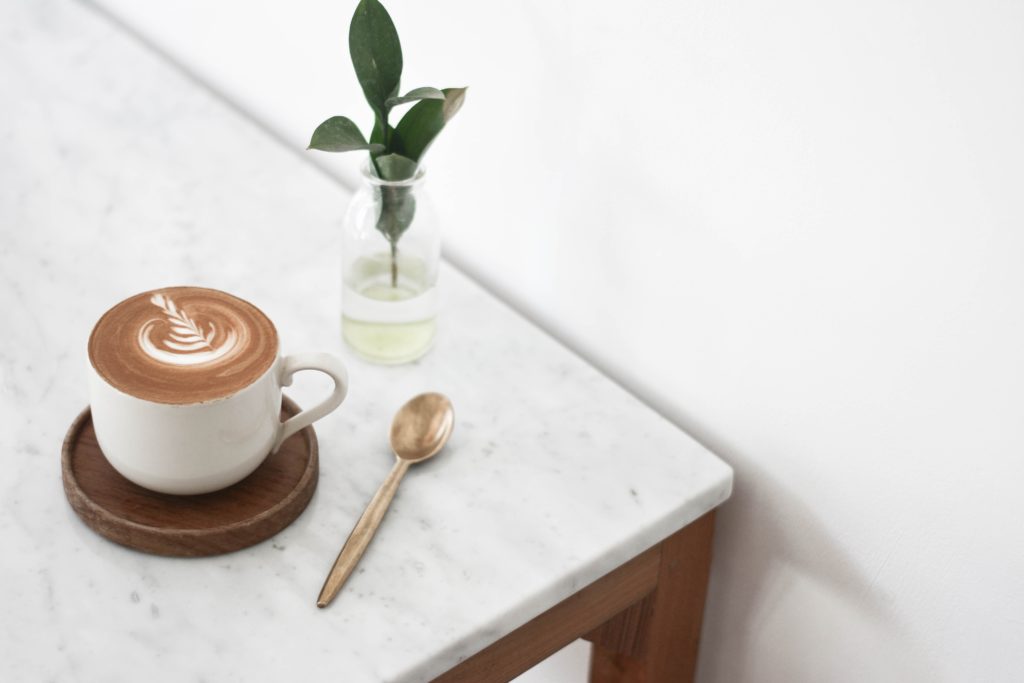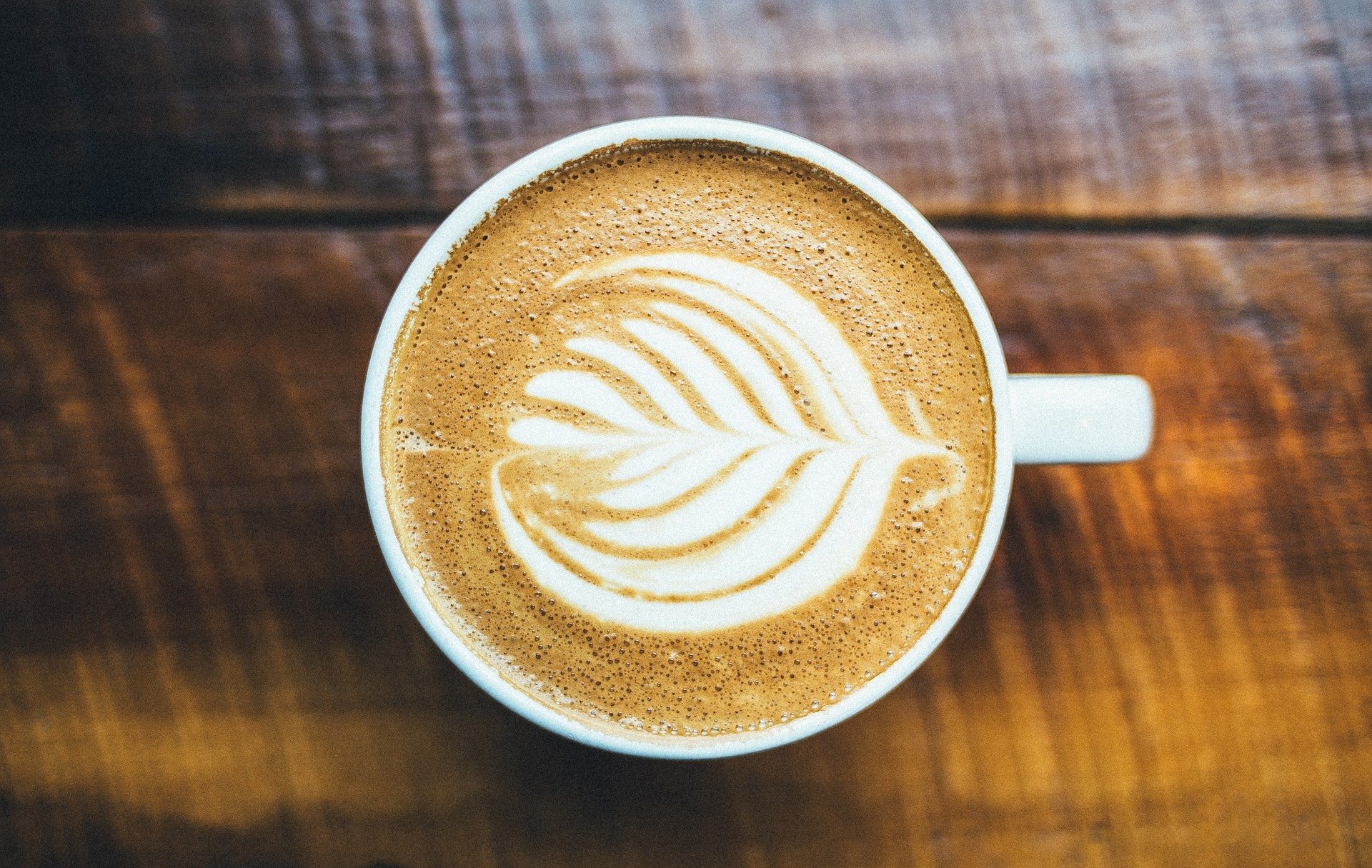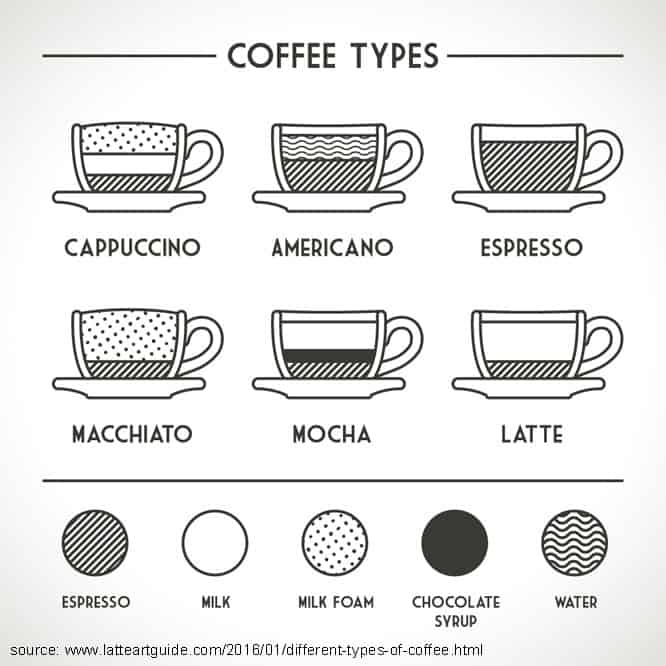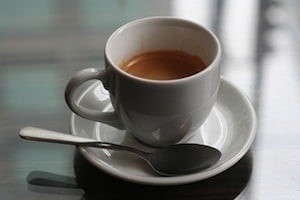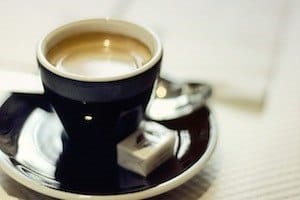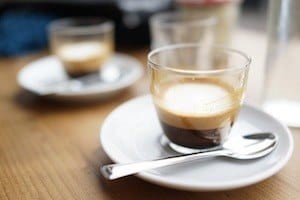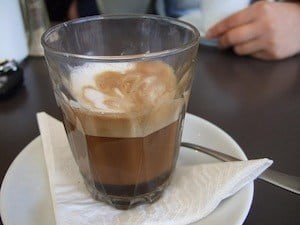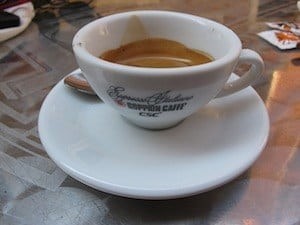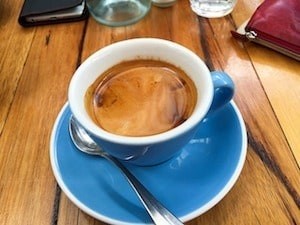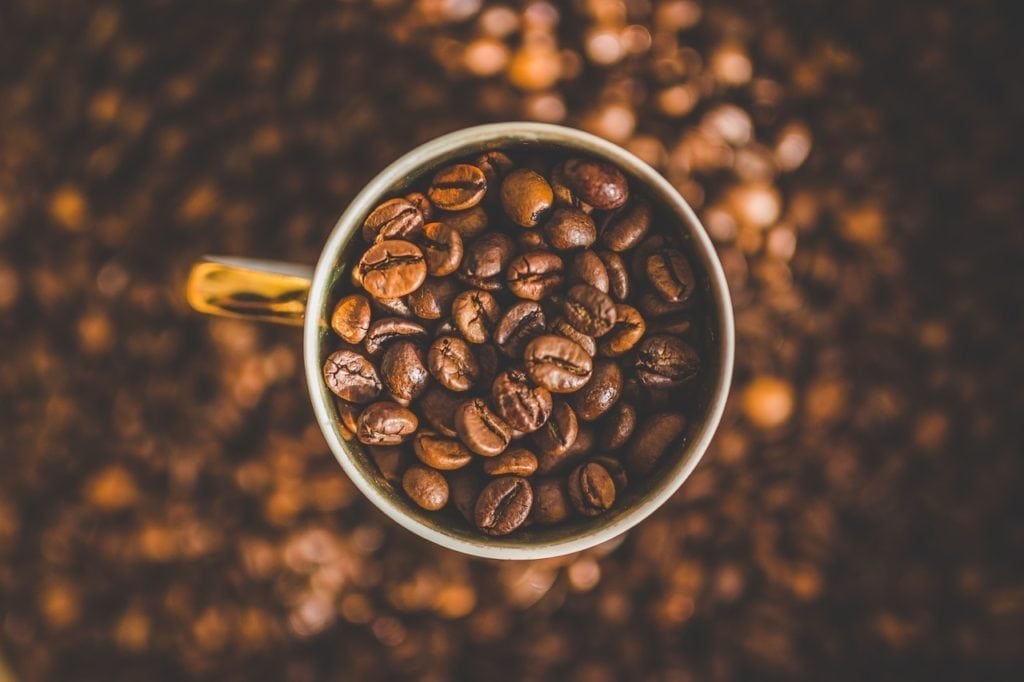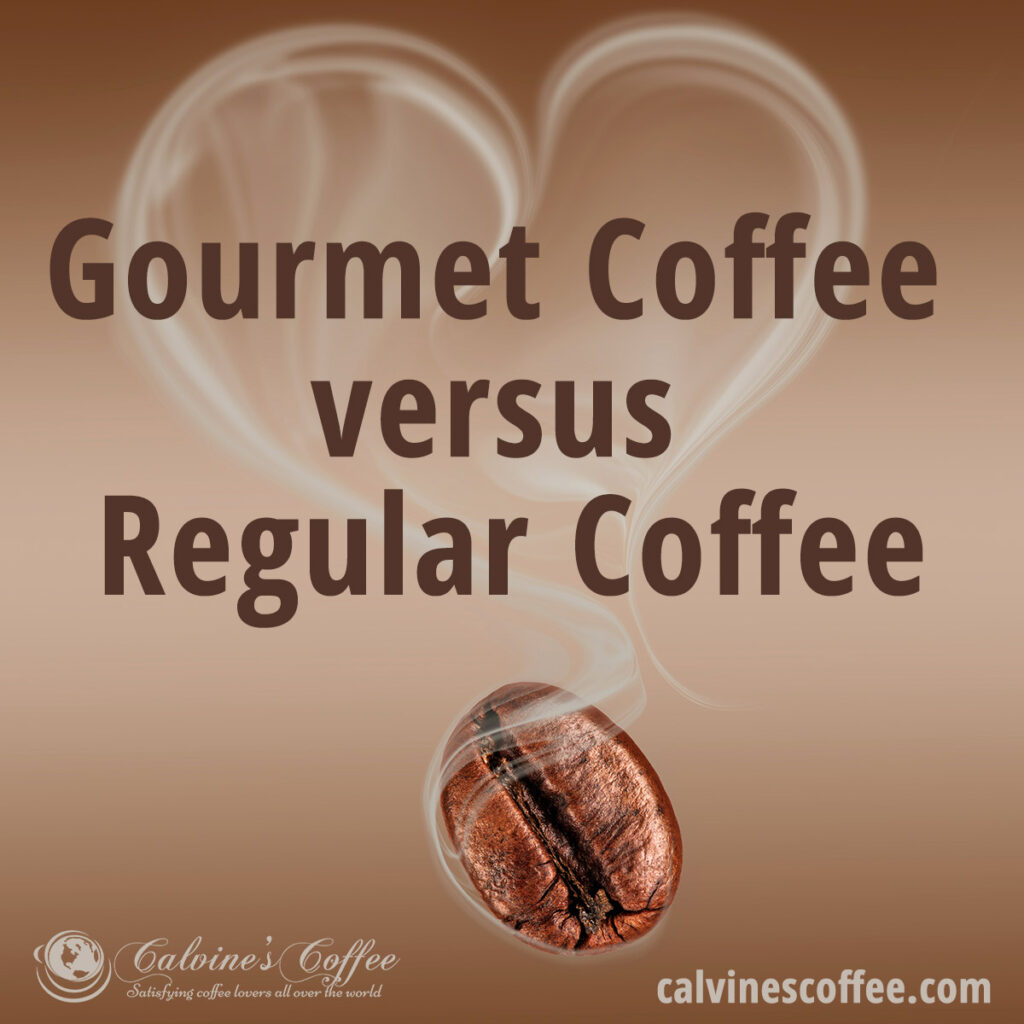A delicious and fresh cup of coffee cannot be beaten. Whether you are an avid coffee drinker or new to enjoying a delicious cup of quality coffee, one thing is for sure is the coffee wouldn’t be the same without a high-quality coffee bean. Since the actual taste of the coffee comes from bean, there’s no way the coffee itself will ever be better than the bean will allow, which is why we believe so heavily in finding the right bean. By doing so, you can maximize the inherent flavor and complex blends of taste, especially when they are only a few days from being roasted.
Unfortunately, many people get sold on things like origin, brand name, marketing labels and bag colors and details, versus simply focusing on the actual quality of the bean itself. For that reason, we have written a few things to consider when determining what makes a quality coffee bean and how it is packaged to ensure the quality is retained until it arrives at your doorstep.
Here are some quick tips that will help in identifying some higher quality beans to meet the demand of even the most experienced gourmet coffee drinker…
Focus On Arabica Beans
There are two primary types of coffee bean, the robust and the arabica bean. Both of these are rather different and have varying levels of taste and flavors. That said, the Robusta beans are typically less expensive and often offer two times as much caffeine as the arabica beans, but the quality of taste is significantly reduced.
Arabica beans are often more expensive, but the quality of taste is superior and the varieties of flavors, scents, and notes make them much more suitable for the gourmet coffee drinker and used more heavily by specialty coffee shops.
Confirm Place Of Origin
Though we mentioned above that place of origin can sometimes falsely make a coffee bean sound more quality than it actually is, we have found that a roaster who is truly invested in the process of properly preparing the bean tends to list the country, farm and variety of that bean.
This is why we recommend looking for roasters who are proud of their coffee since it’s a sign that they have done their due diligence in the vetting process to select only the best coffee beans for their gourmet coffee fans. This can sometimes mean they are even willing to specify all the way down to the farmer’s name, but with more and more anonymity requests, this is rather rare to see.
Know The Roast Date
One of the most important factors to the quality of taste for any bean, no matter the initial quality, place of origin, and other factors, is the roast date. Having an old roast date is like purchasing outdated bread…it might have a similar smell and texture, but the taste and difference in freshness is immediately noticeable. One of the major rules of thumb is to search for bags that say the exact date the coffee was roasted, or order your coffee directly from a coffee roaster that will roast the bags fresh THE DAY YOU ORDER!
The “best by” date really just tells you when the coffee beans are likely to lose some of the flavor and potentially become “stale” tasting, but nothing beats having freshly roasted coffee beans that are used within 1 week from when the coffee was roasted. This is also why you will typically see “best if used one week from opening” since once the bag is opened, the beans are then exposed to the elements allowing the taste and quality to slowly diminish over time.
Ensure Bag Has One-Way Valve
This brings us to our final tip for the highest quality coffee bean. As mentioned in point three above, if the coffee bean isn’t fresh, it will be difficult to obtain the highest quality of coffee when extracting it from the bean. For this reason, higher quality gourmet coffee roasters ensure their coffee beans and ground coffee is stored in a bag with a one-way valve.
One-way valves allow the coffee beans to rid of any unwanted gas while preventing any oxygen from entering the bag, thus resulting in enhanced freshness for a longer period of time. Other coffee manufacturers or roasters might package their coffee in tin cans or other packaging methods without a one-way valve, preventing this level of freshness from being maintained.
Where To Buy Quality Coffee Beans?
Fresh Coffee Roasters (Both Local & National)
For the reasons called out above, we highly recommend looking for quality coffee roasters either in your local town or someone with the capability of freshly roasting your coffee the same day as your order, thus allowing your coffee to be as fresh as possible upon being received.
Unfortunately, coffee shops like Starbucks or purchasing even the most gourmet coffee from your local grocery store will not be able to yield the same level of freshness, simply due to the time it takes for the coffee manufacturer to produce, roast, grind, bag, label, and then ship the product, which is also built for a longer shelf-life since most retailers have limitations on the speed of expiration to avoid having wasted inventory.
This is why we recommend looking for local or national coffee roasters that guarantee they will roast the coffee the same day as the order, or at least provide a roast date that is relatively recent. You would also want to confirm shipping time since if it takes over 48 hours to ship the product, that’s 48 hours that the roasted coffee loses freshness, when you can order from someone like Calvine’s Coffee who will roast the coffee the same day it ships!
Local Coffee Shops
In some instances you can request this from your local coffee shop, but if you do, you will want to confirm the origin of the coffee and the roast date. If the employee doesn’t know about either of these items, you can safely assume it’s not something they focus on, so is likely not the quality you would want.
Local Internet Listings
If for some reason you can’t find a local roaster or quality coffee shop that offers local or national coffee freshly roasted, go online and check out a number of other options available. That said, there are a number of options to choose from when it comes to desired taste and quality, but our recommendation would be to do your homework, check out the roasters with the above focuses on both quality and freshness and order from them if you truly want the maximum quality of coffee bean without jeopardizing the wallet.
No matter who you choose for your gourmet coffee bean desires, we hope you enjoy your delicious daily cup of coffee and we hope you found this article informative! Feel free to contact us with any questions you may have or feedback you have pertaining to this article or a potential future article you think we should share our thoughts on.
You can learn more about Calvine’s Coffee and various coffee options HERE, or shop our various gourmet coffee options HERE.
